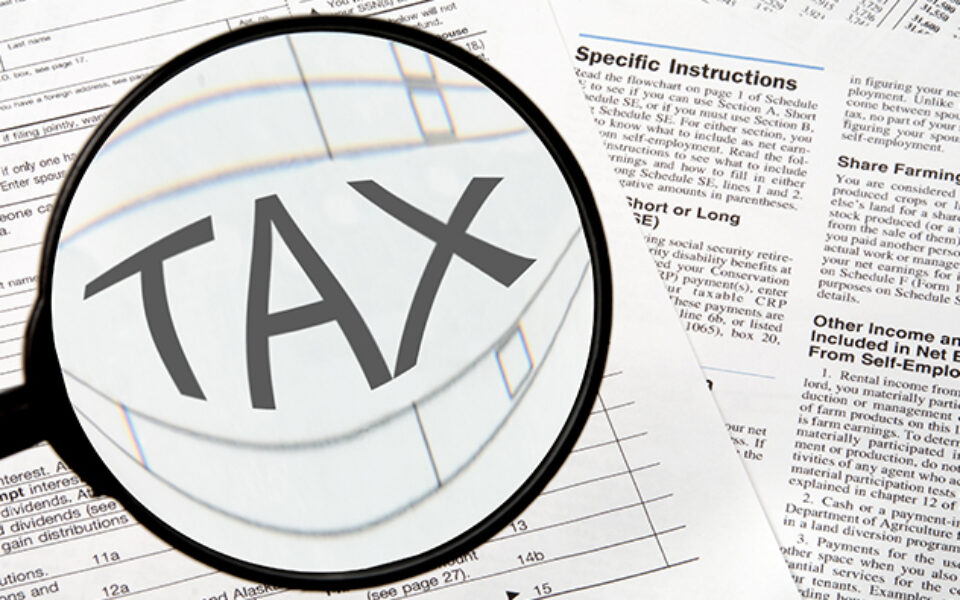Quick Fix for AMT in the 2010 Tax Relief Act
By David Chang, Tax & Business Services

| The recently enacted Tax Relief, Unemployment Insurance Reauthorization, and Job Creation Act of 2010 includes two key alternative minimum tax (“AMT”) provisions. These provisions extend partial AMT relief to individual taxpayers. Previous temporary measures, to deal with the unintended overreach of the AMT, expired at the end of 2009. Without the new relief, it is estimated that more than 20 million additional taxpayers would have faced paying AMT on their 2010 returns. Brief Explanation of the AMT Regular tax rules provide special treatment for certain kinds of income and allows special deductions for certain expenses (so-called “preference items” and “adjustments”). The AMT was designed to decrease the tax benefits of these preferences/adjustments for certain taxpayers (generally, higher-income taxpayers). In recent years, the effects of inflation have pushed more and more “middle-income” taxpayers into paying AMT. Since this result was not intended, Congress provided a measure of relief by raising the AMT “exemption” amount. The exemption amount is essentially a “floor” that reduces the taxpayer’s alternative minimum taxable income (AMTI), thereby reducing or eliminating the AMT liability. For 2009, the AMT exemption amount for married couples filing jointly, and surviving spouses, was $70,950. For single taxpayers, the exemption amount was $46,700, and $35,475 for married filing separately. For 2010, however, these exemption amounts were scheduled to revert to the amounts that applied in 2000, which were: $45,000, $33,750, and $22,500, respectively. Temporary Cure
For tax years beginning in 2011, the AMT exemption amounts are increased to: $74,450, $48,450, and $37,225, respectively. In addition to the increased exemption amount, the new rules also temporarily extend (to 2010 and 2011) the allowance of certain personal tax credits to reduce a taxpayer’s AMT as well as regular tax liability. |

















